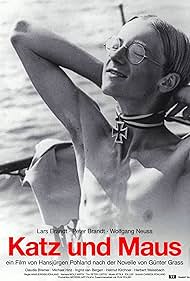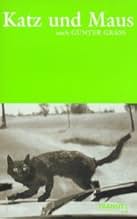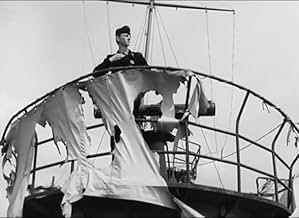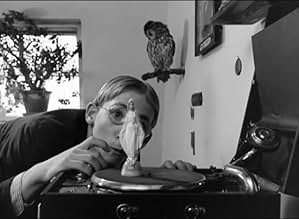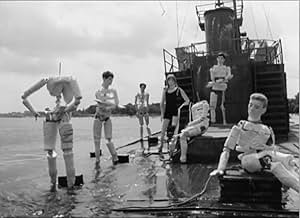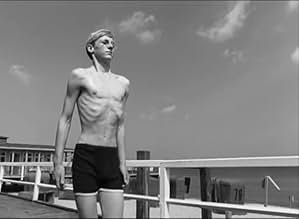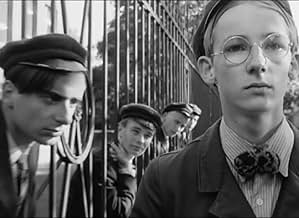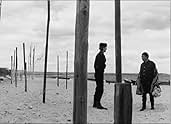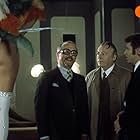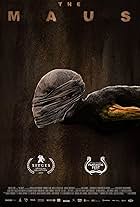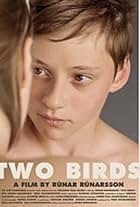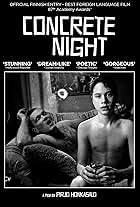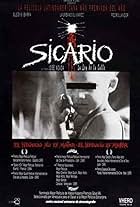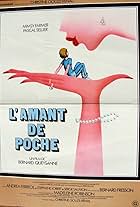While "Katz und Maus" takes place during the time of the second worldwar in germany (In a part that belongs to Polen today),nazi-influence on several young germans is shown in a less urgent way. Although showing young germans life during the war (presented in a flasback) the film does not show Mahlke as a soldier or shows any warscene. With one or two exceptions you can't see anything of the war. But the cruelty and violence of the war reach the viewer even more influencing by showing a heroising of the Soldiers, the boys interest for german submarines, their extreme knowledge of the german weapons and vehicles. The by far most important aspect and what finaly makes this movie an astonishing one is the way the director reveals the young mens phantasies and dreams. Their minds seem to be controlled in such a way, that you can't obviously see what the nazi-regime has done to them. This is also shown in the way the protagonist deals with his thoughts by showing us his flashback. The directors surreal pictures and ideas are kind of characterization of Mahlke, who is victim and participant of headless german violence and destroying by showing his interest for german forces. You see a cat, which can't move because it isn't a living thing. When Mahlke was younger, (this scene is also introduced in the beginning), a cat injured him at his throat. Mahlkes throat is called the mouse and when the cat injures Mahlke it is obviously an image for killing the mouse. The message of the book is well transformed to the scenes of this film. The author, Günter Grass, also author of "The tin drum", which can be understood together with "Katz und Maus" and another famous novel as a war-triology (In germany they are known as the "Danzig-Trilogie"), often tells stories that take part in a time of the second worldwar while their plot on the surface doesn't deal with the war.
